Immature love says: ‘I love you because I need you.’ Mature love says ‘I need you because I love you.’
Erich Fromm
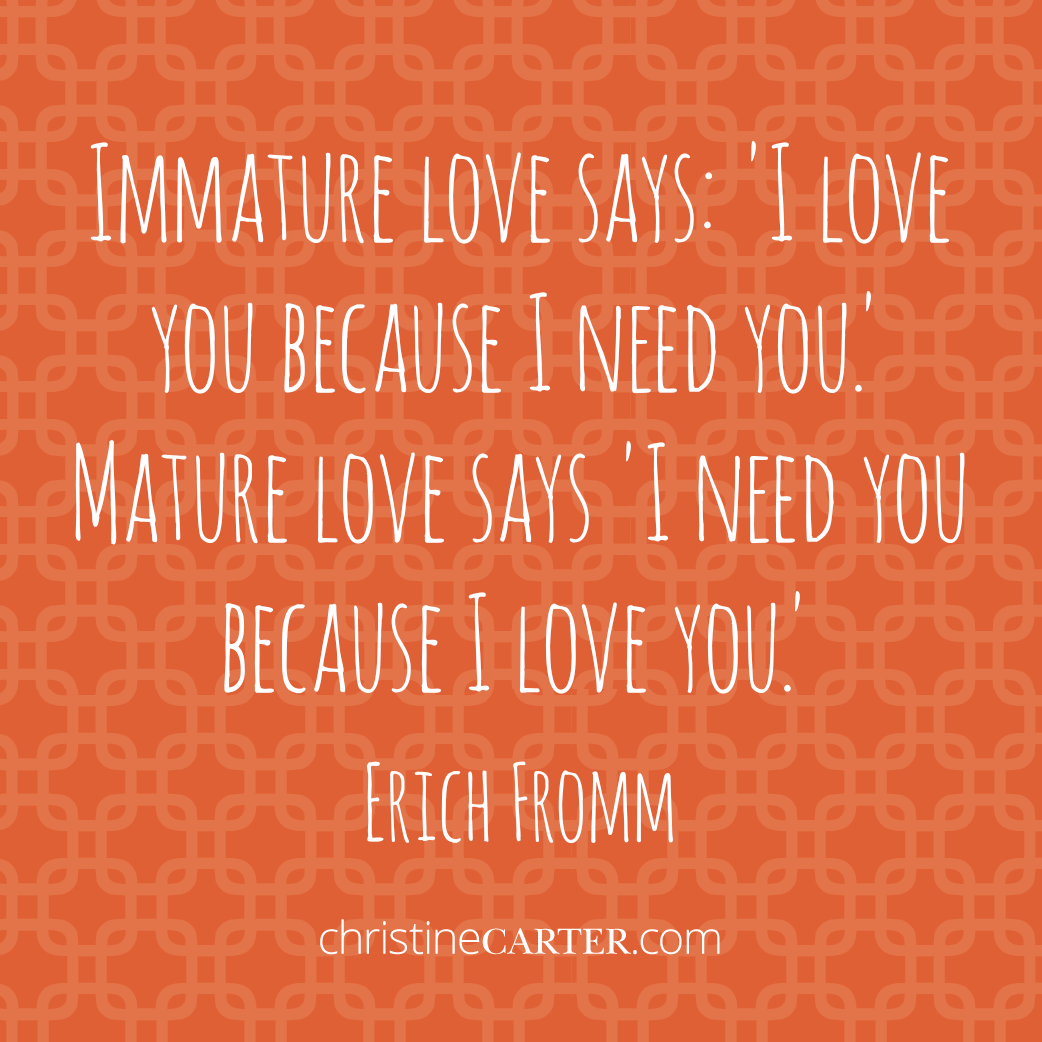

Immature love says: ‘I love you because I need you.’ Mature love says ‘I need you because I love you.’
Erich Fromm
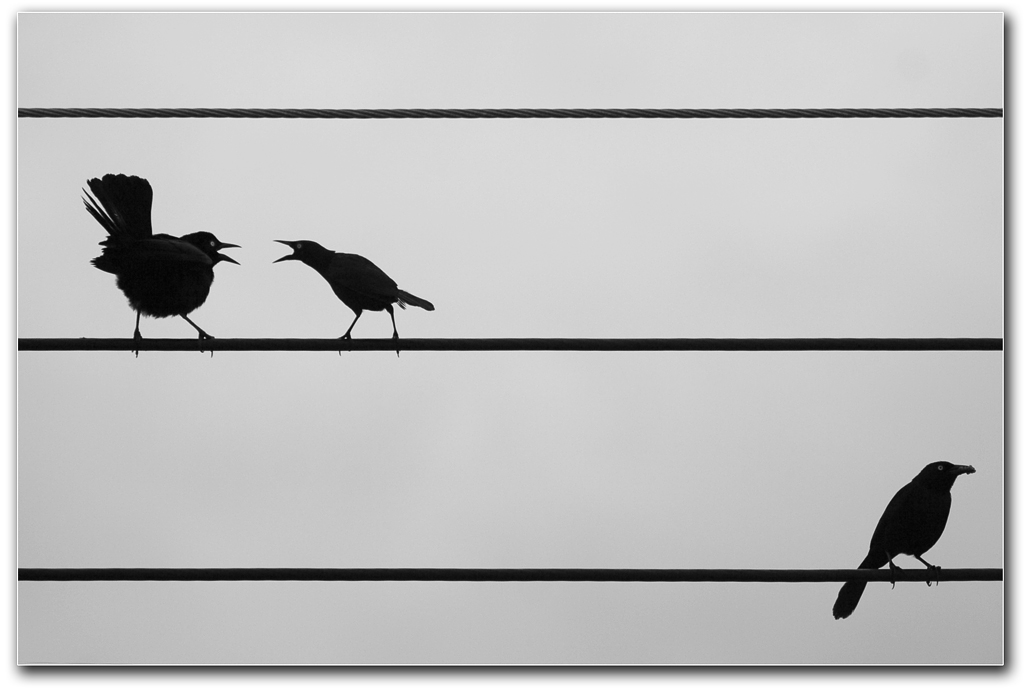
The other night, I did something that I am not proud of.
We have four teenagers, so dinnertime is never dull, but this particular evening it was full chaos. One of our kids had not eaten much. My husband, Mark, really wanted one of our kids to eat more, and so he offered a bribe/threat: You can’t go hang out with your friends until you finish everything on your plate.
A power struggle unfolded, complete with sibling cheering sections. I tried to shut it all down using dramatic non-verbal cues. This was not what we agreed to do when a kid doesn’t eat well, I screamed silently with my supercharged glares.
I was not successful. The picky eater ate what was required in order to go hang out in the neighborhood.
Although I was obviously right (chuckle) in my frustration–because bribing kids can work in the short run, but research clearly demonstrates that it backfires in the long run–this post is not about how right I was. It’s about how I mishandled this situation because I didn’t see what it was really about.
The next night, I intended to calmly raise the issue so that we could prevent similar dinnertime spectacles in the future. I knew that I couldn’t make accusations or do anything that might make Mark defensive, because people don’t learn well when they are being criticized.
Let the record show that I was not even remotely uncritical.
I opened with something like “How could you have been so stupid?”
And then I started to rant.
“Haven’t we talked about that situation a million times? We have a freaking PLAN for this!! We’ve AGREED what we will do about picky eating!! Why can’t you follow through with the plan? Why can’t you understand how important it is to be consistent?” He responded calmly. I rolled my eyes with contempt and superiority.
I was such. an. ass.
I do not know of any parent, myself included, who has not at some point threatened, bribed, or otherwise manipulated a child into doing what they wanted the kid to do. I actually do possess a huge capacity to empathize with my husband’s intentions and behavior, but it was a capacity I failed entirely to draw on.
Why? Why was this so emotional for me? Why was I so critical and punishing?
Because I was projecting.
We project, psychologically speaking, when we unconsciously and unknowingly attribute our judgments about ourselves to other people.
See, the thing that drives me most crazy about myself is that I often make big elaborate behavioral plans for myself and then I don’t follow through on them. For example, I’ve recently stopped meditating (again) after making a plan to meditate more. The perfectionist in me has been a mess of guilt and anxiety over this, something I didn’t consciously realize until I found myself dressing Mark down for not following through on our picky eater protocol.
We humans have blind spots. It is often hard for us to see our own failings, but it can be very easy for us to see what’s wrong with other people. The people around us, particularly our spouses, are like mirrors. We see clearly what we don’t like, but we get it backwards.
It’s not them, it’s us.
Martha Beck cleverly calls this charming human propensity “You spot it, you got it.”
Psychological projection (in its many forms) is a defense mechanism first conceptualized by Sigmund Freud. His daughter, Anna Freud, later developed the theory. The Freuds posited that we often deal with the thoughts, motivations, desires, and feelings that are hard for us to accept in ourselves by attributing them to someone else.
Although many Freudian theories have not stood the test of time, projection is still considered a textbook human behavior.[i] I see projection at work all around me, in myself, in my friends and children, and in my clients.
That doesn’t mean that we are always projecting when we see other people’s flaws, or when we see the ways that others can learn and improve. But when we feel particularly emotional about a situation? When we feel hooked and irrational or harshly judgmental about someone else’s shortcomings, rather than empathetic or compassionate? We are probably projecting.
Projection is an undeniable human tendency, and I think it is pretty wonderful, actually, because it allows us to see ourselves more clearly, to better understand what is causing us anxiety and stress.
The greatest thing about projection, to me, is that it comes with a set of instructions for our own growth and happiness. We’ll usually do well to do whatever it is we wish other people would do (or stop doing).
In other words, when we notice that we are projecting, we have the opportunity to take our own advice.
For example, I wanted Mark to stop asking me to make parenting plans that he couldn’t follow through on. Instead, I wanted him to accept easier, good-enough, plans. So the opportunity for me (to take my own advice) was to accept an easier, good-enough plan for meditation.
In this instance, the solution was not to try to be more perfect. The follow-my-own-advice solution that emerged from my projection was to stop making plans that weren’t realistic given the lovely, messy world—life with my four teenagers and a career that has me traversing time zones—that I live in. My fight with Mark showed me that I don’t always have to model the very best practices; it’s good enough to be strategic, realistic, and skillful.
What are your projections telling you? What advice for others would you do well to take yourself?
[i] Wade, Tavris “Psychology,” Sixth Edition, Prentice Hall, 2000.

You could search the whole world and never find anyone as deserving of your love as yourself.
Buddha
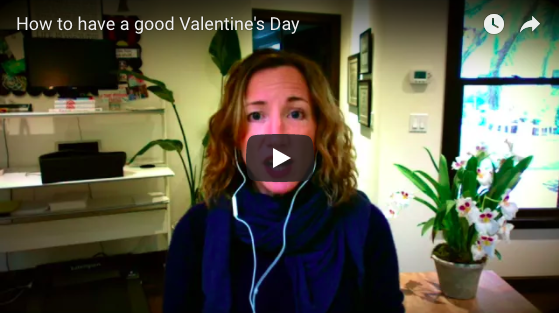
Research shows that our feelings of being in love come from what we do and how we behave around our beloveds — more than from an unseen magical connection with another person. Here are 3 research-based things you can do that can make you feel more in love. And, here is the link to the list of questions I mention in the second tip. Have fun!
If you like this video, I hope you’ll join our Brave Over Perfect coaching group! Our March theme is all about love and marriage, and it’s only $10 per month to join us for three coaching calls. Get instant access to live calls (and recordings), a thriving online community, and online resources. Learn more or enroll now.
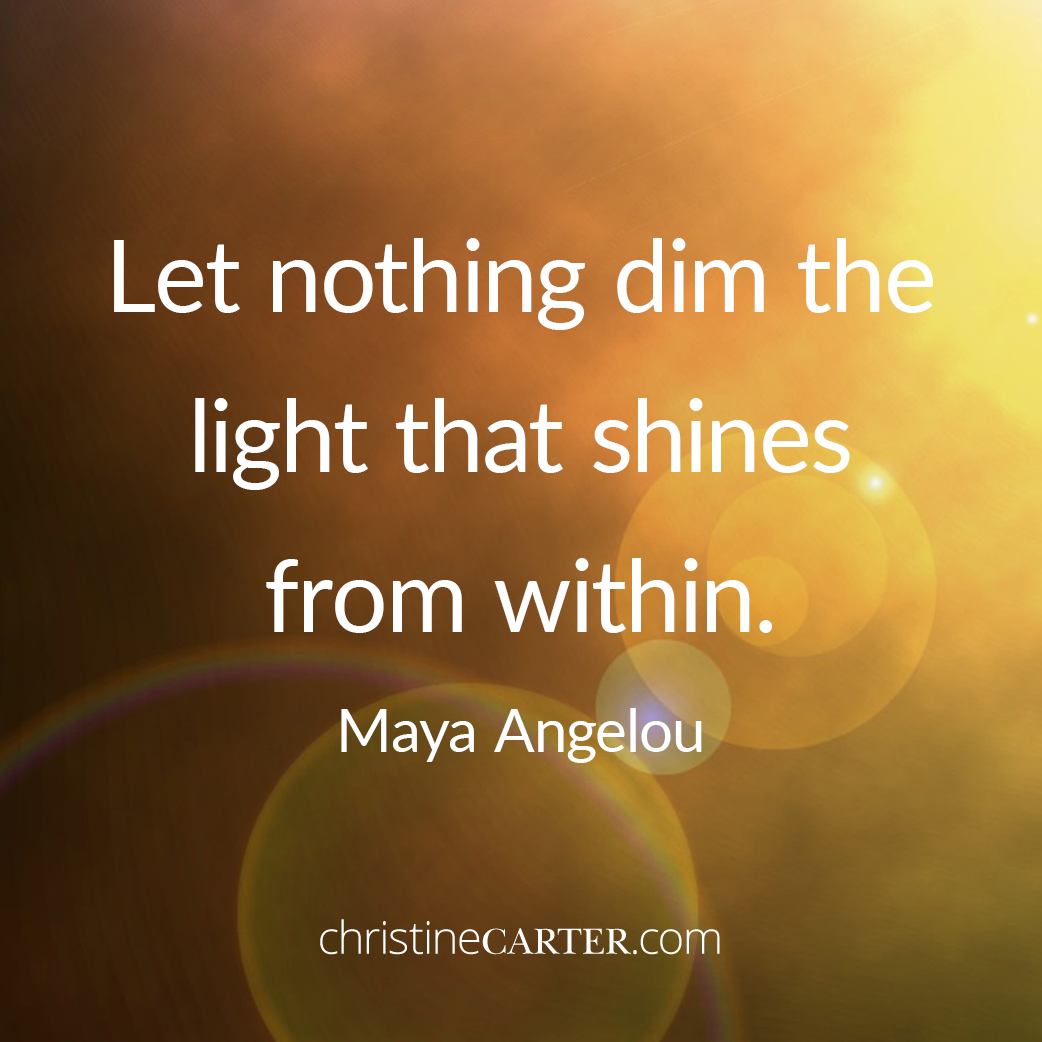
Let nothing dim the light that shines from within. —Maya Angelou

Lucky us: We live in a world where many of us have an abundance of choices–where to live, what to do for a living, and, of course, who to marry. Or whether to get married at all.
All these choices give us certain freedoms, but they don’t necessarily make us happier. They create certain perfectionistic expectations: If we aren’t perfectly happy with the one we love, for example, might we have chosen wrong? Should I make a different choice now? Would the grass be greener if I were with my high school sweetheart?
Here’s where I find John and Julie Gottman’s seminal research helpful for understanding the problems of long-term romantic relationships. Here are two key things I’ve learned from them:
First, all couples have problems. Think the grass might be greener? Remember you’re trading out one set of problems for another. It isn’t about finding a conflict-free relationship, or even about solving all of your relationship’s problems, but rather about accepting the problems you can live with.
In her book Committed, Elizabeth Gilbert offers a very useful metaphor for this, quoting her gem-buyer former husband:
A parcel is this random collection of gems that the miner puts together. Supposedly, you get a better deal that way—buying them all in a bunch—but you have to be careful, because [he’s] trying to unload his bad gemstones on you by packaging them together with a few really good ones.
After I got burned enough times, I learned this: You have to ignore the perfect gemstones. Just put them away and have a careful look at the really bad stones. Look at them for a long time, and then ask yourself honestly, “Can I work with these? Can I make something out of this?”
Spouses are much the same: They come with flawed bits as well as sparkly strengths. The question isn’t so much whether you want the sparkly parts (of course you do) but rather whether you can deal with the flaws.
Second, there are really only four types of problems. The key is knowing what type of problem you’ve got, and then deciding whether or not you can work with it. The four kinds of problems are:
(1) One-time, solvable problems. I think many of us bull-headed people assume that all problems are solvable. They’re not.
But some are. These tend to be the types of conflicts that arise from a unique situation rather than differences in our personalities.
Say you want a dog, but your partner doesn’t. This is a conflict that can, in theory, be solved, if you’ve got good conflict resolution skills. If you don’t resolve the conflict, it can turn into #2, below: a conflict that comes up again and again and again, until you just get the darn dog. Or you leave, and then get the dog.
(2) Cyclical conflicts. The Gottmans call these problems “perpetual issues.” Unlike solvable problems, they are based on fundamental differences in your personalities, emotional needs, or ideas about how you’d like to live life—and they will never, ever go away. Period. Accept that now.
They can become workable, however. The classic example of this is the slob who is married to a neat-nick: She wants the house hospital-clean; he leaves piles of crap everywhere. Being neat is hard for him, but easy for her.
Even if he commits to putting his stuff away, she can’t really turn him into a neat-nick, and so this is a problem that will wax and wane. His efforts to be neat will gradually fade as he gets busy or stressed or just lazy. She’ll get frustrated and the conflict will resurface. He’ll redouble his efforts, and the conflict will fade again, and so on.
The question is not whether you can get the problem to go away completely—you can’t—but whether or not you can establish a constructive dialogue about it and make periodic headway toward solving it.
Cyclical conflicts can actually create intimacy: You’ve worked together to improve a problem, and that feels good. So the question is: Can you arrive at a workable solution, knowing that you will continue to revisit this throughout your time together?
These are the lesser-value gems. Can you work with them?
(3) If you can’t work with those imperfect gems, you’ve got a deal-breaker issue on the table. Abuse is a deal-breaker that sometimes masquerades as a cyclical conflict.
Other deal-breakers aren’t so obvious. I have a friend who couldn’t establish intimacy with her husband unless she was very upset and let him come to her rescue. She got tired of having to be stressed-out (or freaking out) in order to feel connected to him, and she realized this was a deal-breaker for her. If they couldn’t move the problem into a different category—making it a cyclical conflict based on their personality differences—she didn’t want to be in the relationship.
They started seeing a counselor to see if they could establish intimacy in other ways. They couldn’t. After a year of trying in vain to make headway on the problem, they parted ways.
(4) Wounding problems are similar to cyclical ones, in that they can be fights you have with your partner over and over and over. The difference is that you never really make any headway on the issue.
Wounding problems generate frustration and hurt, they get worse over time, and they lead to feeling unloved, unaccepted, and misunderstood. These conflicts are characterized by the presence of the four things that the Gottmans have long found to predict divorce: defensiveness, contempt, criticism, and stonewalling (think of talking to a stone wall: The other person is totally disengaged).
Many couples can move their wounding problems into the cyclical conflict category by learning how to fight differently. Spouses who raise their issues with genuine respect and appreciation for their partner tend to engage in radically different discussions than spouses who launch headlong into a fight and hope to “win” it, blaming and vilifying the other.
So, should you stay or should you go? I shared this framework with a friend who is trying to decide whether or not to stay with her main squeeze.
She wants more romance; he thinks anything that smacks of Hallmark is needy and lame. She’d been thinking this could be a deal-breaker. “It’s NOT a deal-breaker!” she declared with obvious joy. “It’s a CYCLICAL CONFLICT!”
They talked about the conflict in a way that made them both feel understood and loved. He admitted that while romance was hard for him, he enjoyed making her feel loved. They established a dialogue, made some headway (he even brought her flowers the next day), AND have also accepted that this is something likely to arise again in the future.
Knowing that she has a cyclical problem on her hands, and not a deal-breaker, has given my friend some peace. I hope having a better understanding of the problems that beset relationships also brings you a bit of well-being in this month of love.
Join the discussion: What types of relationship problems do you have? Inspire others by sharing your insights with folks in the comments, below.
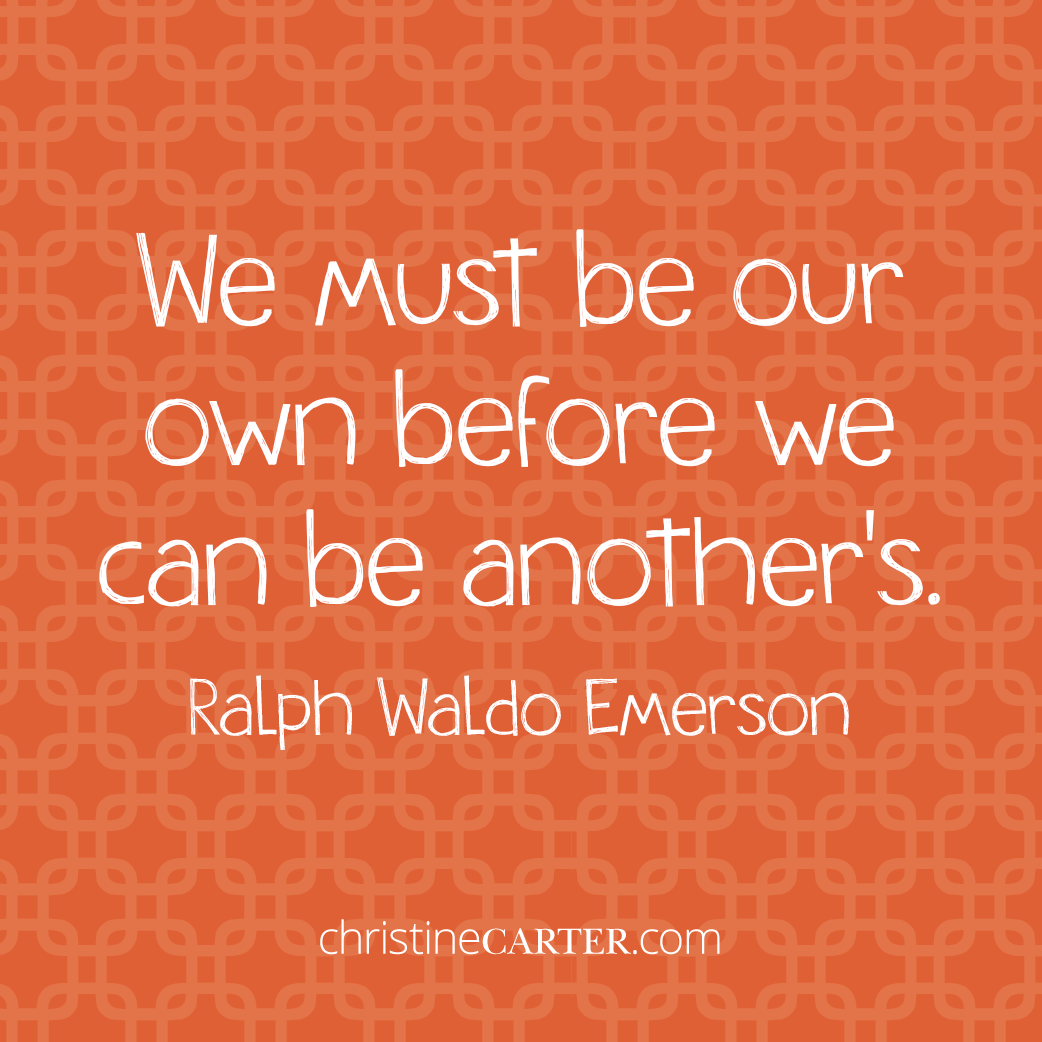
We must be our own before we can be another’s.
–Ralph Waldo Emerson

We live in California, where marijuana is now, as of Jan. 1, legal for recreational use. My four teens report that pot is already very easy to come by and that “everyone” uses it. More concerning to me: Many of my friends – fellow parents – believe that teen marijuana use is not harmful.
Nothing could be further from the truth.
First, the good news: Most teens don’t smoke pot or ingest edibles. That said, 41 percent of American high school seniors report having used marijuana or synthetic cannabinoids in the past year, according to the National Institute on Drug Abuse. That’s a very large minority. Do they know what they are doing? Here is what I wish all kids – and their parents – knew about pot:
Marijuana slows brain development in adolescence.
Brain development is more significant during adolescence than during any other developmental stage (except in the womb). The transition from childhood to adulthood is a critical period of brain growth, and the brain’s natural endocannabinoid system – which is affected by marijuana use – plays a very important role in this development.
The unique brain growth that we see only during adolescence is temporarily halted by marijuana use. How? Delta-9-tetrahydrocannabinol, or THC, the ingredient in marijuana that produces a high, binds with the brain’s cannabinoid, or CB1, receptors. This blocks their normal function.
It also makes kids really high. Teenagers have more CB1 receptors than adults do for THC to bind to, and THC also stays in the CB1 receptor for longer than it would in an adult. Neuroscientist Dr. Frances Jensen, author of “The Teenage Brain,” recently told Terry Gross on the NPR program “Fresh Air” that “[THC] locks on longer than in the adult brain…. For instance, if [a teen] were to get high over a weekend, the effects may [still be] there on Thursday and Friday later that week. An adult wouldn’t have that same long-term effect.”
The effect I want parents and teens to understand is this: While THC is in the CB1 receptor, it blocks the process of learning and memory and slows, or stops, adolescent brain development.
Because of this, exposure to marijuana “during adolescence can dramatically alter brain maturation and cause long-lasting neurobiological changes that ultimately affect the function and behavior of the adult brain,” according to a 2014 review of research published in the journal Frontiers in Neuroscience examining the long-term consequences of marijuana use during adolescence, particularly the effects on cognitive functioning, emotional behavior and the risk of developing a psychiatric disorder in adulthood. The damage is irreversible. Early marijuana use has long-lasting consequences on IQ and intelligence and is “associated with a two-fold increase in the risk of developing a psychotic disorder,” like schizophrenia or bipolar disorder, according to the review.
This is not an unproven theory; we understand the neuroscience behind how and why marijuana affects an adolescent brain differently than it would an adult one. Still, 71 percent of high school seniors do not view “regular marijuana usage” to be harmful to their health, based on survey data from the National Institute on Drug Abuse. Most wouldn’t smoke a cigarette because they understand that smoking is unhealthy; it’s time for us to be more clear with teens that marijuana use is not a healthier choice.
Marijuana today is actually very addictive, especially for teens.
Most people think marijuana is “healthier” than alcohol or tobacco in part because they believe it isn’t addictive. But pot can be very habit-forming. Surprisingly, marijuana use is associated with a higher rate of clinically significant health problems and problematic behaviors among users, such as failure to meet major responsibilities at work, school or home, as well as dependence or addiction than alcohol among users, reports the 2016 National Survey on Drug Use and Health. Twenty-one percent of adult marijuana users met diagnostic criteria for addiction, according to that survey. Studies indicate that as many as one-third of users develop a diagnosable addiction, especially with strains of marijuana that have higher THC content.
Teenagers are especially susceptible to addiction – to alcohol, to social media, and yes, to marijuana. In the same way that teens learn faster than adults do, it’s also easier for their brains to “learn” to become addicted. Learning stimulates and enhances the brain. Substances like marijuana do the same thing, but during adolescence, teen brains “build a reward circuit around that substance to a much stronger, harder, longer addiction,” Jensen told Terry Gross. “The effects of substances are more permanent on the teen brain,” she noted. “They have more deleterious effects and can be more toxic to the teen than the adult.”
Pot today is a different drug than it was a generation or two ago.
I think a lot of parents in my generation believe that marijuana isn’t harmful or addictive because it didn’t used to be. THC concentrations have skyrocketed in recent years, and growers have bred the antipsychotic properties out of today’s marijuana.
Reports differ depending on where marijuana is sourced, but studies of THC concentration in cannabis show that before 1980, concentration of THC averaged around 1.5 percent. Potency rose to about 3 percent in the early 1980s and stayed there until about 1992, when it began to rise steadily. In the last decade, samples have averaged about 11 percent THC; and currently, specific breeding techniques are yielding strains that are 27 to 33 percent THC, according to findings published in Biological Psychiatry. Experts believe that this is likely now the norm in states where recreational marijuana is legal; higher THC concentration yields a more lucrative product.
In addition, 20 years ago marijuana had higher levels of cannabidiol, or CBD, a non-psychoactive cannabinoid in marijuana. Although CBD has medicinal benefits, growers are breeding it out of marijuana intended for recreational use because it keeps users from getting as high as they would without the CBD.
Higher THC and lower CBD produces a higher high – and also a higher potential for overdose. A THC overdose won’t kill you, but it can produce hallucinations, panic attacks and extreme paranoia. And an overdose can cause a psychotic break and psychotic disorders that can be hard for a teenager to ever recover from.
All of this is to say that marijuana use is not harmless for kids today, by any stretch of the imagination. But as many kids see (and smell) the adults around them getting stoned at concerts, at trailheads before a hike, and now, in California, just walking down the street – they assume that marijuana use is harmless fun.
Given this, my husband and I have taken what is, in our neck of the woods, a controversial stance: We are so clear about our expectation that our teens not use marijuana that we drug test them. We aren’t doing this because we believe our children have or will use drugs, or because we don’t trust them to tell us if they do (no tests have ever turned up positive). We do it because it gives them a solid excuse to abstain; they can say to their friends, “My parents are so crazy about this issue that they drug test me.”
Drug testing is not the only thing we are doing, of course. We talk with our kids regularly about the risks that marijuana poses, and we try to do a lot of listening, too. We are keenly interested in helping our kids develop the skills they need to cope with stress and anxiety– so that they aren’t tempted to self-medicate with drugs or alcohol. Interestingly, our kids have never protested being tested, and they seem genuinely glad that we are so black and white about all this. They know that they will be making their own choices soon, when they are adults. For now, they seem happy that we are making this choice for them.
This was originally posted on US News & World Report and on MSN.com.
Additional References:
Bose, Jonaki, Sarra L. Hedden, Rachel N. Lipari, Eunice Park-Lee, Jeremy D. Porter, and Michael R. Pemberton. “Key substance use and mental health indicators in the United States: Results from the 2015 National Survey on Drug Use and Health.” Substance Abuse and Mental Health Services Administration website. Published September (2016).
Caulkins, Jonathan P. “The real dangers of marijuana.” National Affairs 26 (2016): 21-24.
El Sohly, Mahmoud A., Zlatko Mehmedic, Susan Foster, Chandrani Gon, Suman Chandra, and James C. Church. “Changes in cannabis potency over the last 2 decades (1995–2014): Analysis of current data in the United States.” Biological psychiatry 79, no. 7 (2016): 613-619.
Renard, Justine, Marie-Odile Krebs, Gwenaëlle Le Pen, and Thérèse M. Jay. “Long-term consequences of adolescent cannabinoid exposure in adult psychopathology.” Frontiers in neuroscience 8 (2014).
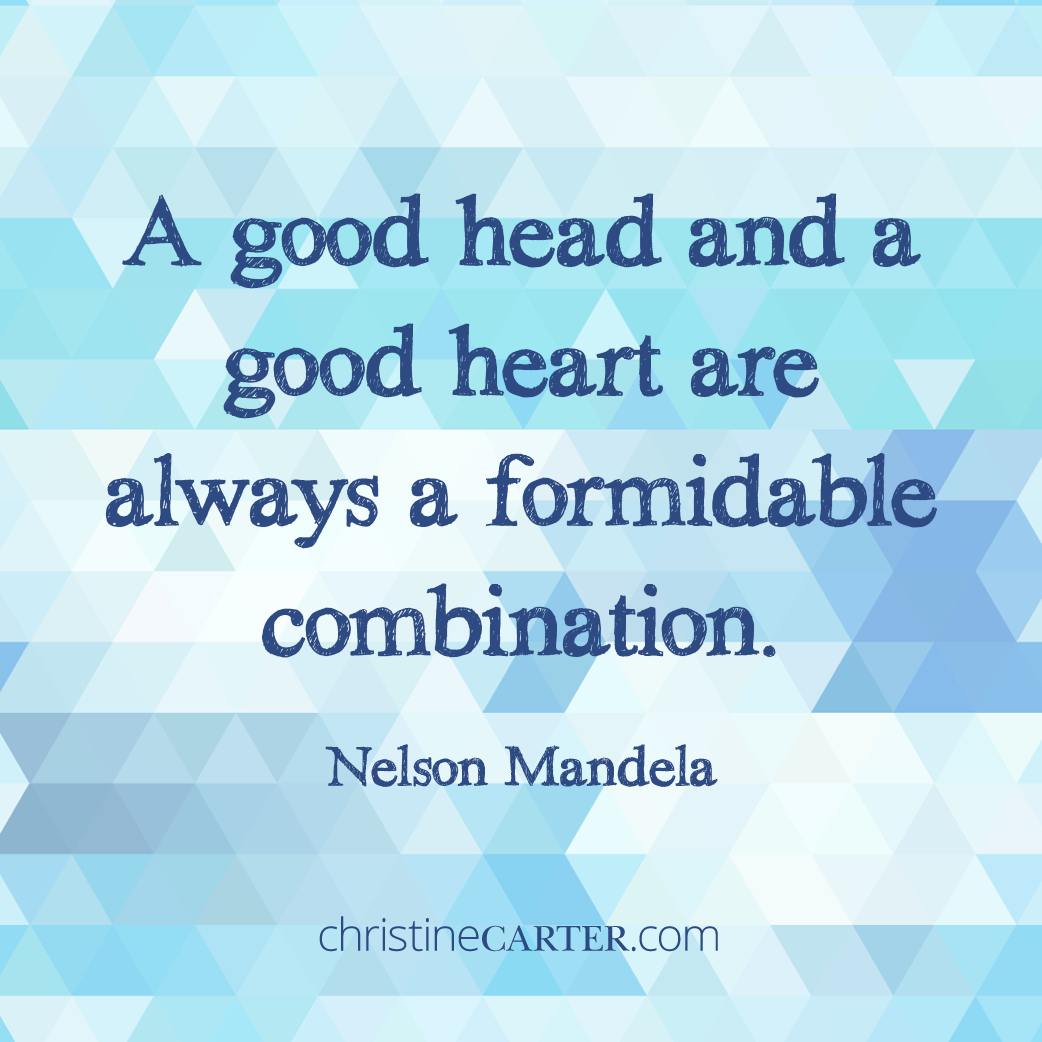
A good head and a good heart are always a formidable combination.
—Nelson Mandela
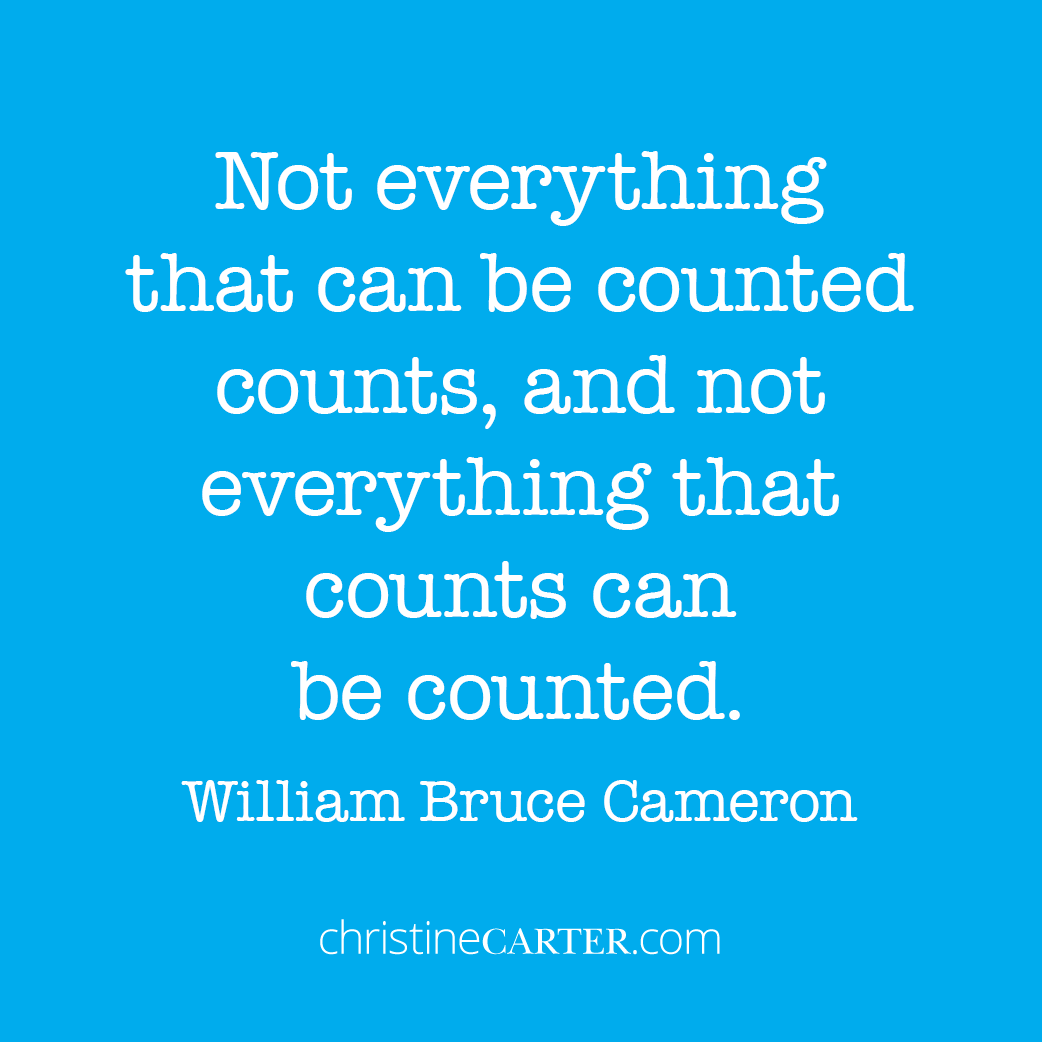
Not everything that can be counted counts, and not everything that counts can be counted.
—William Bruce Cameron
Thanks to the kind reader who informed us that this quote was originally misattributed to Albert Einstein.